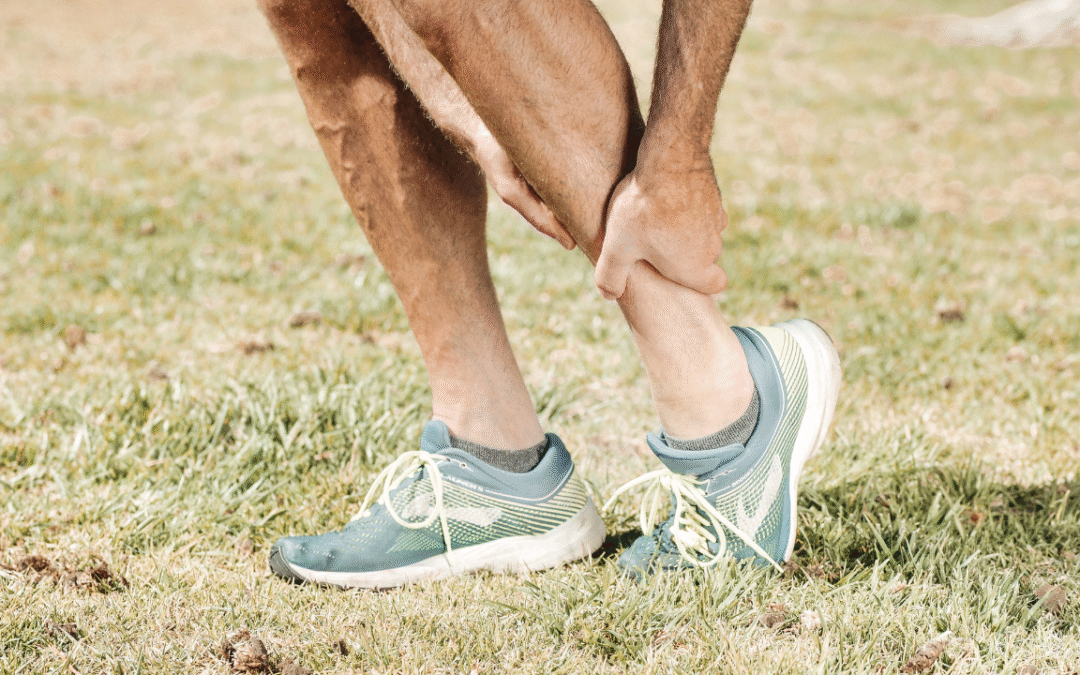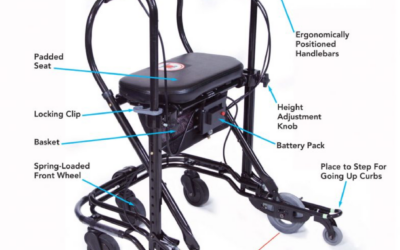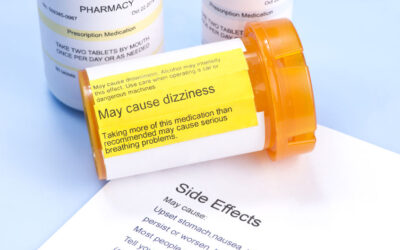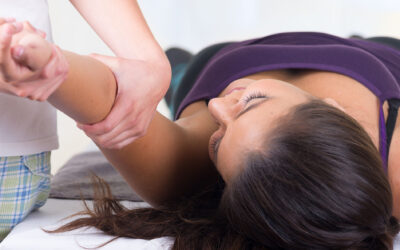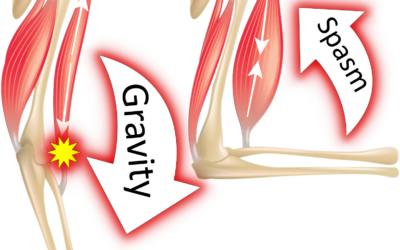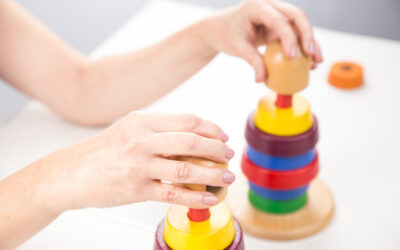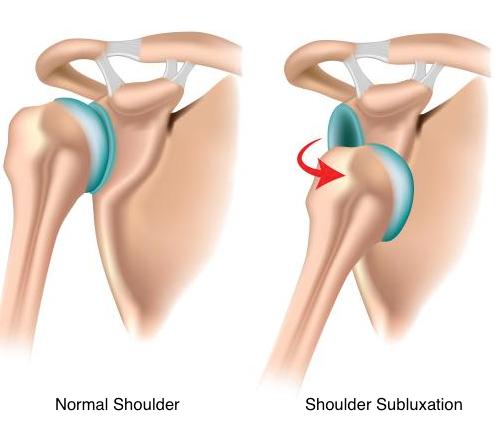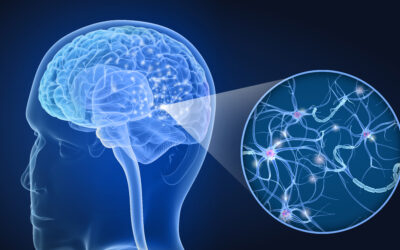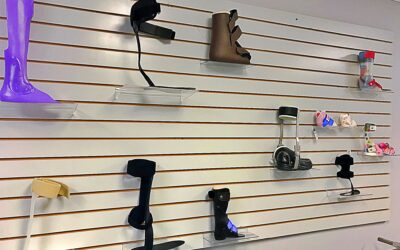Ankle Mobility Exercises to Boost Balance and Walking
Ankle stiffness is one of the most common issues people face after a stroke or any neurologic injury. It can make walking harder, cause your toes to catch, or even affect your balance. But here’s the thing, improving ankle mobility doesn’t have to be complicated.
In this blog, I’ll walk you through why ankle motion matters, what causes stiffness, and easy ways to stretch your ankle safely at home.
What is Ankle Dorsiflexion?
Dorsiflexion is when your foot comes up closer to your shin bone, basically the opposite of pointing your toes. It helps you lift your foot when you walk so you don’t trip or drag your toes. You need about 10 degrees of that upward motion for normal walking.
If your ankle doesn’t move enough, your step can look “flat-footed” or you might have trouble getting your heel to the ground when you walk.
Why Does the Ankle Get Stiff?
There are a few reasons why someone might lose ankle range of motion after a stroke or other neurologic injury. Understanding this helps you figure out which stretches are right for you.
1. Seated Stretch (Great for Most People)
Sit in a sturdy chair and put your foot on a small step or stool in front of you. Bend your knee so it’s directly over your ankle and lean forward gently.
If you can’t lean forward, you can place a small weight (like a sandbag or bag of rice) on top of your leg to add pressure.
Hold that position for about a minute.
2. Wall Stretch
If your foot tends to slide forward, do the same thing but place your toes against a wall. This helps hold your foot in place.
Lean your knee toward the wall until you feel a gentle stretch in the back of your ankle.
3. Standing Stretch
Step one foot forward and keep your back heel down. Bend your front knee and let your body weight gently stretch the back ankle.
Hold for about one minute, then switch sides.
4. Gentle Rocking Stretch
If your ankle bones feel stiff, try this one:
Tie a resistance band (TheraBand) around the front of your ankle and attach it to something sturdy behind you. Gently rock forward and backward.
This helps your ankle joint move more freely.
A Few Helpful Tips
Keep your heel down during stretches.
Hold stretches for 30–60 seconds.
Don’t push into pain. A gentle stretch is enough.
Be consistent! Doing these every day helps the most.
Final Thoughts
Regaining ankle flexibility takes time, patience, and consistency, but every small improvement matters. When you work on stretching your ankle toward dorsiflexion, you’re not just loosening muscles, you’re retraining your body to walk smoother, feel steadier, and move with more confidence.
Remember: it’s not about forcing a stretch or chasing quick results. Focus on gentle, controlled movement and good positioning. If something feels painful, ease up or adjust your setup.
Try adding one or two of these stretches into your daily routine. Over time, you’ll start to notice those little wins, like being able to step more easily, keep your heel down, or feel more balance when walking.
Your brain and body are both learning every time you practice, so stay patient and celebrate every bit of progress.
Want to Go Further?
If you’re ready to take your rehab to the next level, check out our Membership Plans. You’ll get access to 400+ neuro-specific exercises, plus our live Q&A sessions every month where I answer your questions personally.
You’ve got this! Keep moving and keep stretching.
Articles you may be interested in
Product Spotlight: #1 Walker for Parkinson’s Disease
What is the best walker for Parkinson's disease (PD)? Maybe you are not there yet. Maybe you are hesitant to even approach the idea of a walker. Well, I have you covered. After nearly 20 years of working with people living with PD, I know how you might be feeling. The...
When to start Parkinson’s disease medication?
Due to the neurodegenerative nature of Parkinson's disease, there is no cure. While many medications claim to "treat" the disease, none actually reverse the effects of the disease. Parkinson's Disease Medication The main family of drugs useful for treating the motor...
Best Method for Stretching Spastic Muscles
Stretching spastic muscles is critical after a stroke. Spasticity is a movement disorder that causes an involuntary muscle contraction in response to lengthening. This occurs if there has been damage to the brain or spinal cord. This can make movement retraining and...
What is spasticity?
Spasticity is an involuntary muscle contraction caused by a hyperexcitability of the reflex arc that occurs due to damage to the brain or the spinal cord. Huh?? Yeah, agreed. Ok, I get it, keep it simple. Did you ever wonder why your leg seems to spaz out for no...
Does Mirror Therapy Improve Arm Function?
Mirror therapy (MT) is one of several effective treatments used to regain arm movement after a stroke. Mirror Therapy Background MT was originally designed to treat phantom limb pain with amputees. The way it worked was that it gave the person the sensation that they...
Mental Practice Helps Movement Recovery after a Stroke
Mental practice is a way of relearning movement (motor functions) by creating an image in your mind of the body performing that movement without the body actually moving. This method of enhancing performance and/or improving a motor skill has been used for decades in...
The Best Treatment for Shoulder Subluxation
A shoulder subluxation is a result of severe shoulder instability after a stroke. This can cause pain and have a negative impact on regaining active shoulder movement. What is a stroke shoulder subluxation? A shoulder subluxation is when the arm bone (humerus)...
What is Neuroplasticity?
Neuroplasticity is the brain's ability to form new connections (rewire) after a brain injury or a stroke. Recovery of motor (movement) function after a stroke involves relearning motor skills using this idea of neuroplasticity. Furthermore, this idea of brain...
Best Foot Drop Braces
Drop foot is when the muscles that lift the foot are not working properly. Hence, leading to the name, drop foot or foot drop. Needless, to say this can lead to difficulty walking. When I think of someone who has drop foot, my number one concern is the risk of...
Best Tools for Eating after Stroke
Being able to eat and prepare food without help after a stroke can help someone both physically and mentally. That being said, this might be challenging if you only have full use of one hand. Here are my top four picks that might help someone to start the process of...

